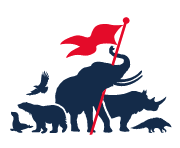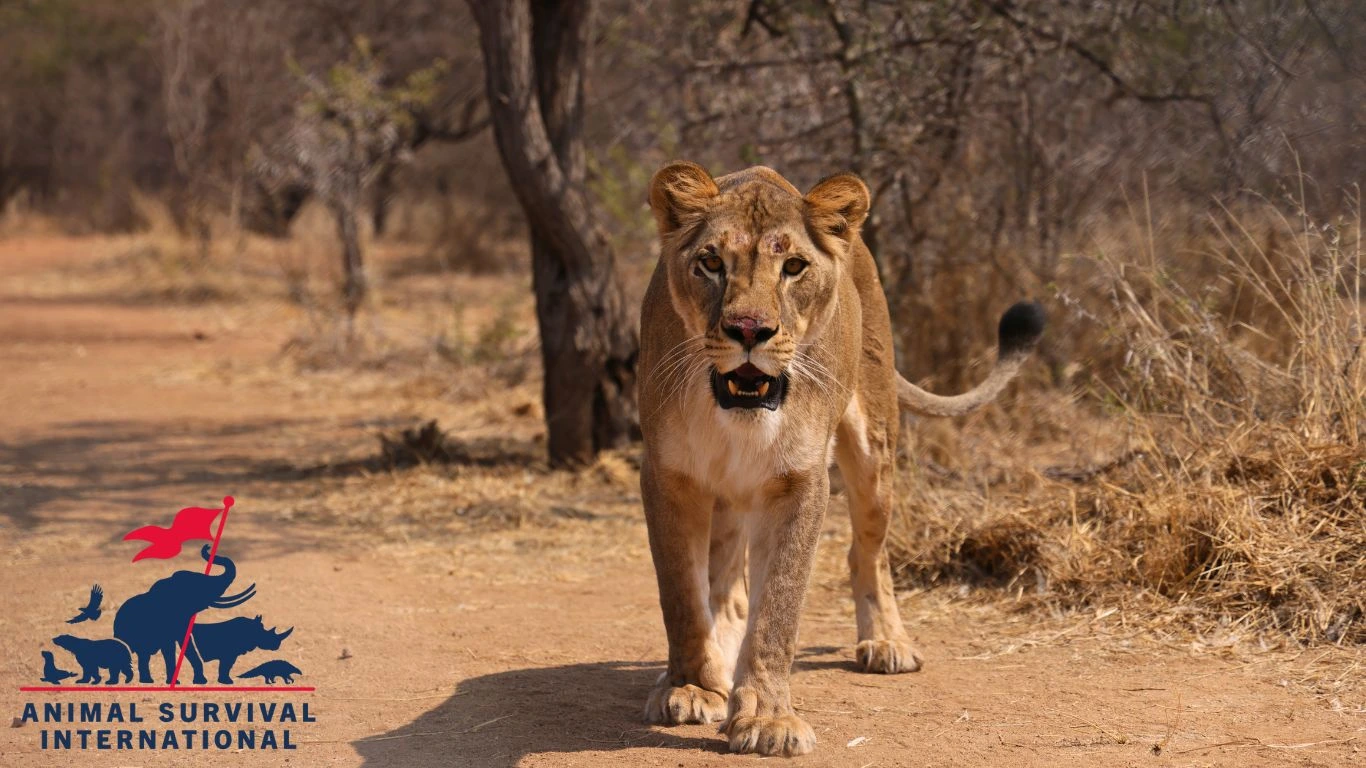Creature feature: 13 “creepy” creatures that are actually critical to our planet’s well-being (and yours!)
Bats, piranhas, 15-foot anacondas: why do these creatures fill humans with fear – or at the very least, unease? They are the animals cast as monsters in horror films or villains in folktales and myths. They’re the stuff of silver-screen nightmares and spooky stories around the campfire.
But when we look a little closer, we discover that these animals are not bloodthirsty monsters at all, but victims of unfortunate type-casting, bad press and major exaggeration.
In reality, each of these creatures plays a vital role in maintaining the balance of their ecosystems, and many are threatened, misunderstood and even persecuted as a result of their poor reputations.
Below, we dispel batty misconceptions around these 13 maligned creatures once and for all.
1. Piranha
Considered ravenous, flesh-eating predators that will jump at any chance to strip the flesh off the bones of an unsuspecting victim, piranhas are in fact omnivorous fish, eating mostly insects, plants and carrion when available. Some species are actually completely vegetarian. Piranhas act as the cleaning crew for rivers like the Amazon, removing dead matter and waste.
The frenzied swarming behavior often depicted in the media occurs only when these fish are trapped and distressed. Another misconception about piranhas is that they form ‘hunting packs.’ While it’s true that piranhas do travel in shoals, this is for protection against predators like birds, caimans and river dolphins.
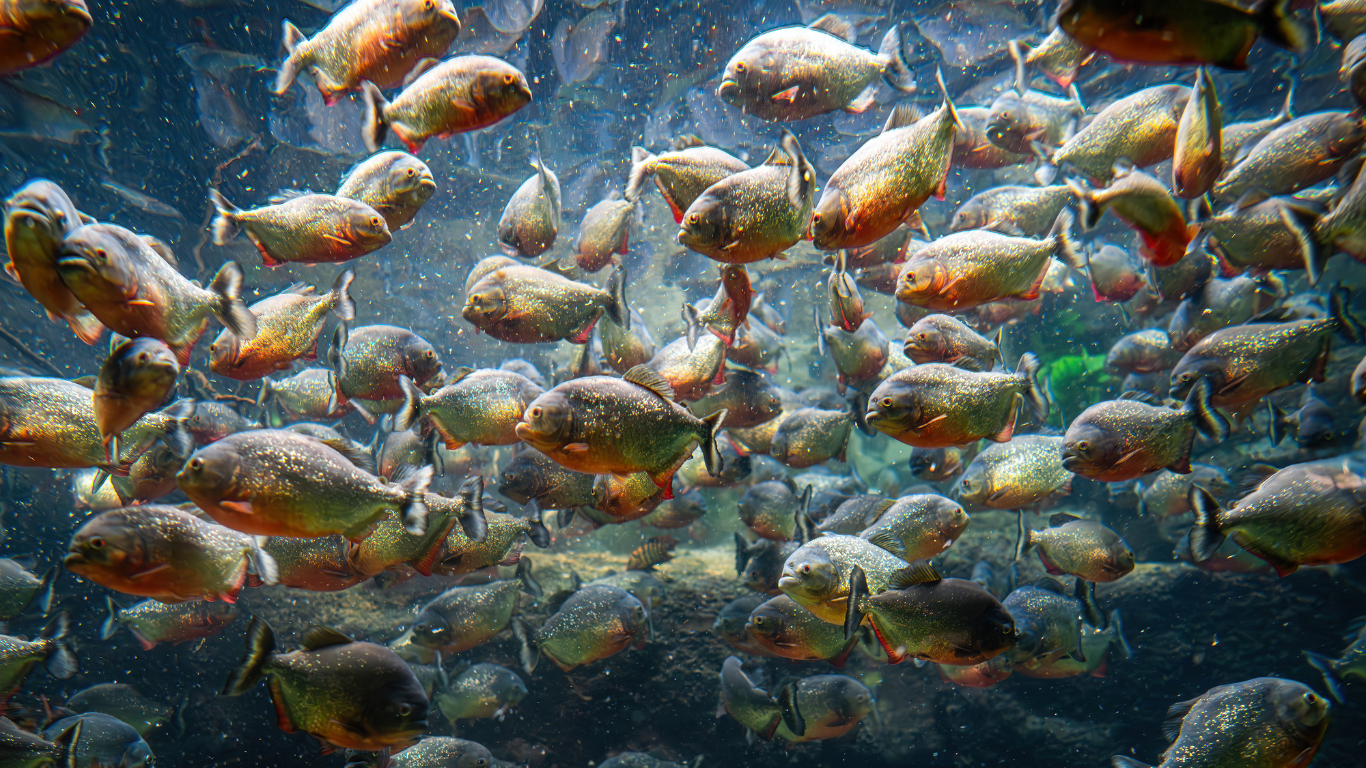
2. Anaconda
The heaviest snake in the world, the anaconda is often portrayed as a man-eating monster – particularly against the backdrop of an exotic jungle.
In reality, these large, non-venomous snakes are reclusive, shy creatures who do everything they can to avoid humans. Their strength and size are impressive – these semi-aquatic animals can of course cause serious injury, but attacks on people are rare, and often the result of human-wildlife conflict. Their role as apex predators helps control rodent populations in the Amazon.
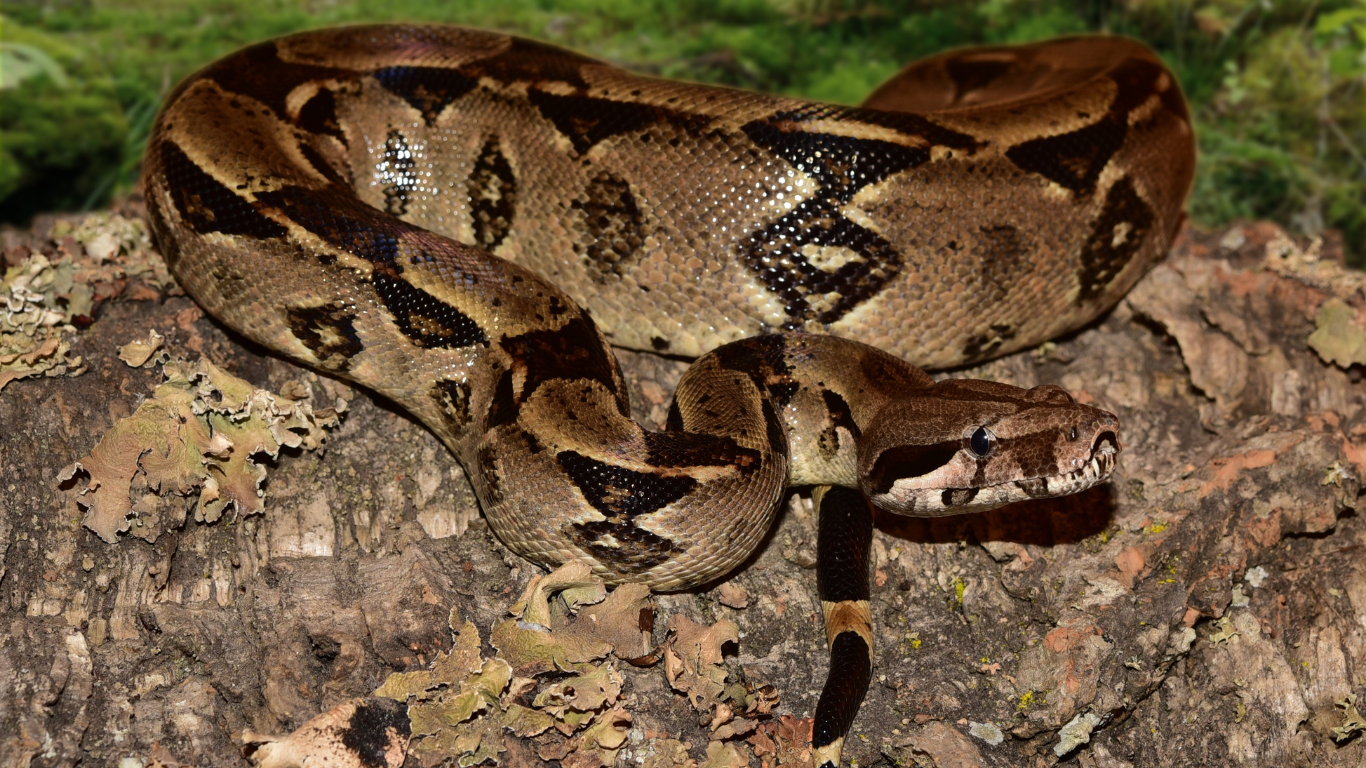
3. Great white shark
Thanks to the film Jaws, which struck terror into the hearts of beach-goers and wave-riders everywhere, sharks have been widely and unfairly vilified for decades, especially the great white. By portraying sharks as dangerous, man-eating monsters, incidences of cruelty and shark killings increased dramatically in the wake of this popular film.
Today, several species of shark are at risk of extinction as a result of finning and overfishing. Sharks are integral members of the marine ecosystem and play an important role in balancing the food chain of the world’s oceans.
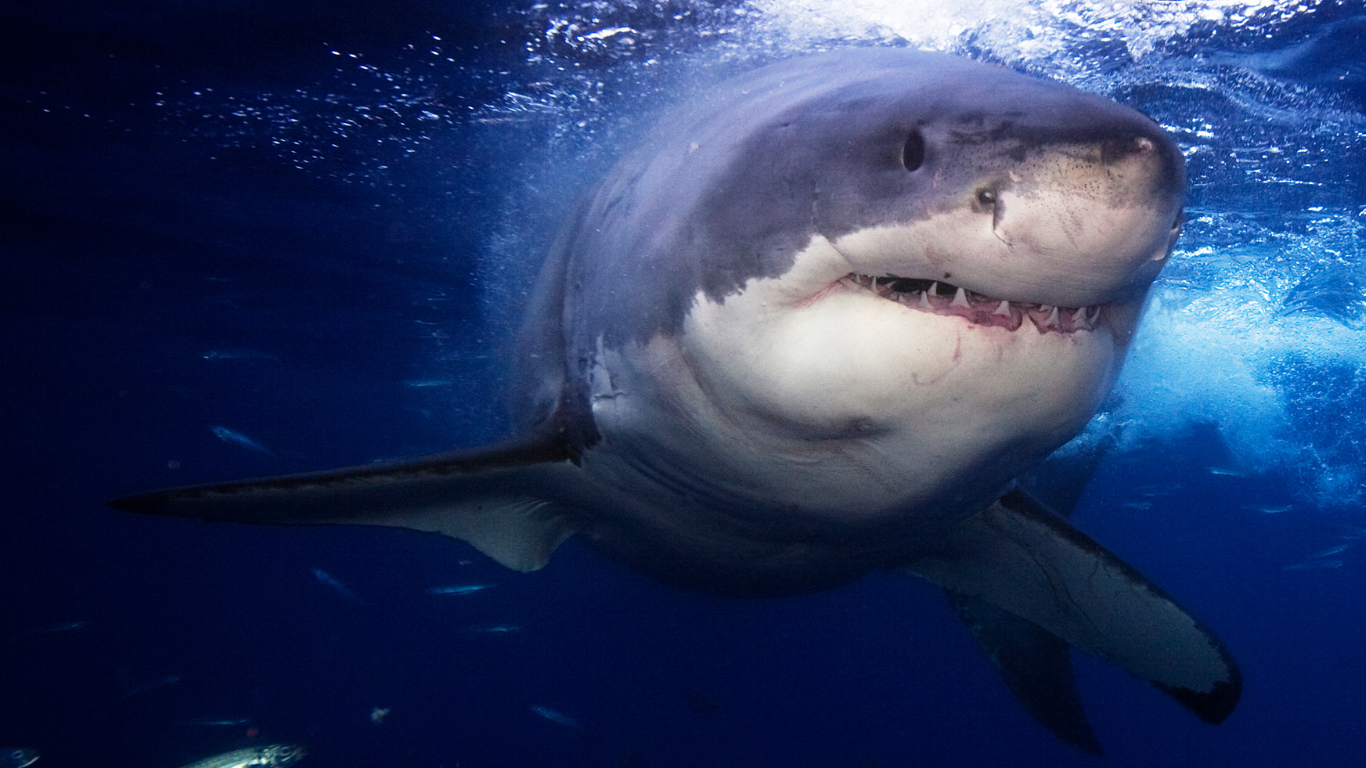
4. Tarantula
Arachnophobia is a real and valid fear, and large, hairy tarantulas typically evoke terror even in those without the phobia. But in reality, despite their multiple hairy legs, fangs and jerky movements, tarantulas are docile, slow-moving spiders that rarely bite and pose little risk to humans.
In fact, tarantulas are often sought after in the illegal exotic pet trade due to their calm nature and ability to be shown off for ‘likes’ on social media. This has contributed to their global decline, with several species now listed as endangered. Tarantulas act as natural pest controllers, eating insects, lizards and mice.
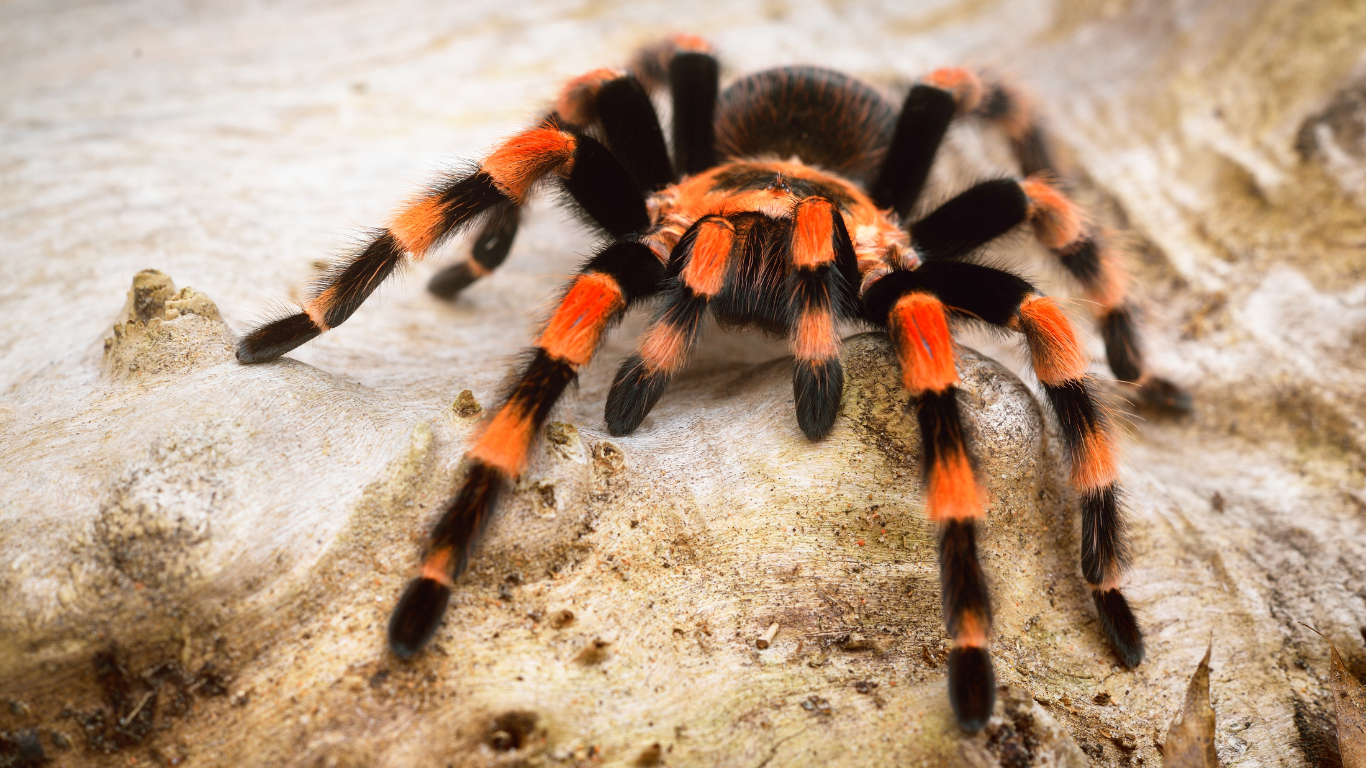
5. Locusts
As symbols of biblical plagues, locusts are the victim of the oldest-running horror trope.
Yet these creatures are simply grasshoppers that change behavior under crowding stress, and their swarming ‘outbreaks’ are driven by climate cycles, not malice. Locusts are important indicators of climatic shifts linked to drought and rainfall, and serve as an important food source for many bird and reptile species.

6. Crows
Crows, often synonymous with spooky imagery, death and nefarious omens, are actually incredibly intelligent, capable of developing long-lasting relationships with other animals – and people.
Crows are able to use tools, recognize faces and mimic speech. As scavengers, these birds are vital in maintaining ecosystem health. These social birds are often vilified and persecuted, especially in rural settings such as farms, where they are viewed as pests and intentionally harmed or killed.
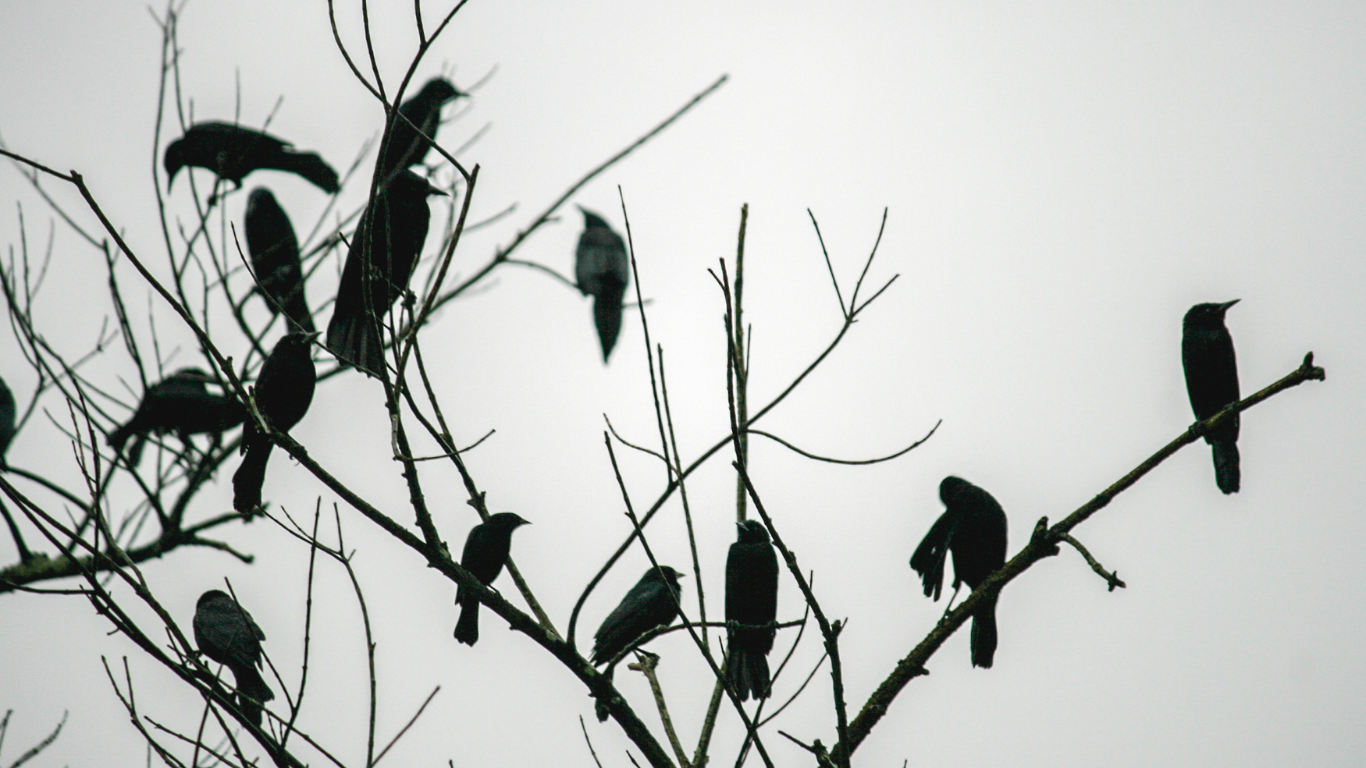
7. Giant squid
The stuff of sailors’ nightmares – think Cthulu and the Kraken – the giant squid is an elusive, rarely seen deep-sea creature considered scary due to its immense size, powerful tentacles and large eyes. Fictional portrayals have influenced public perception, inspiring legends and sea-faring warnings, but the giant squid is actually just a product of evolution.
While they can be dangerous, encounters are rare as they live so deep under the sea.
They are both a significant prey item for large predators like sperm whales, and a predator that regulates populations of smaller fish and crustaceans. Their large size and abundance make them a crucial part of the food web, and their presence can indicate the health of deep-sea habitats.
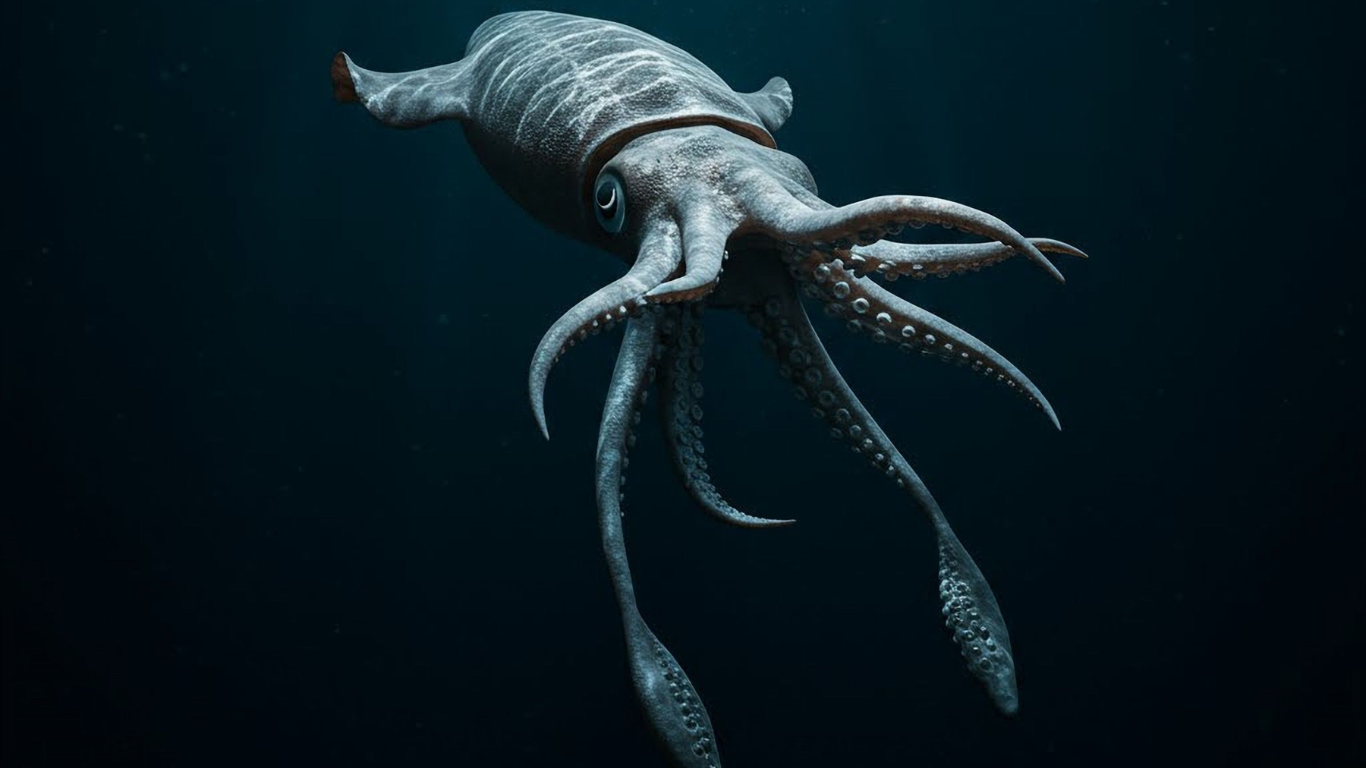
8. Bats
For centuries, bats have been connected to stories of vampires, the spread of disease, and bad omens, often resulting in their direct persecution. In fact, bats are essential pollinators, insect controllers and ecological regulators, and just less than one percent of all bats carry diseases that are harmful to humans. Bats are neither aggressive nor do they attack humans.
Today, nearly 20% of all bat species are endangered.
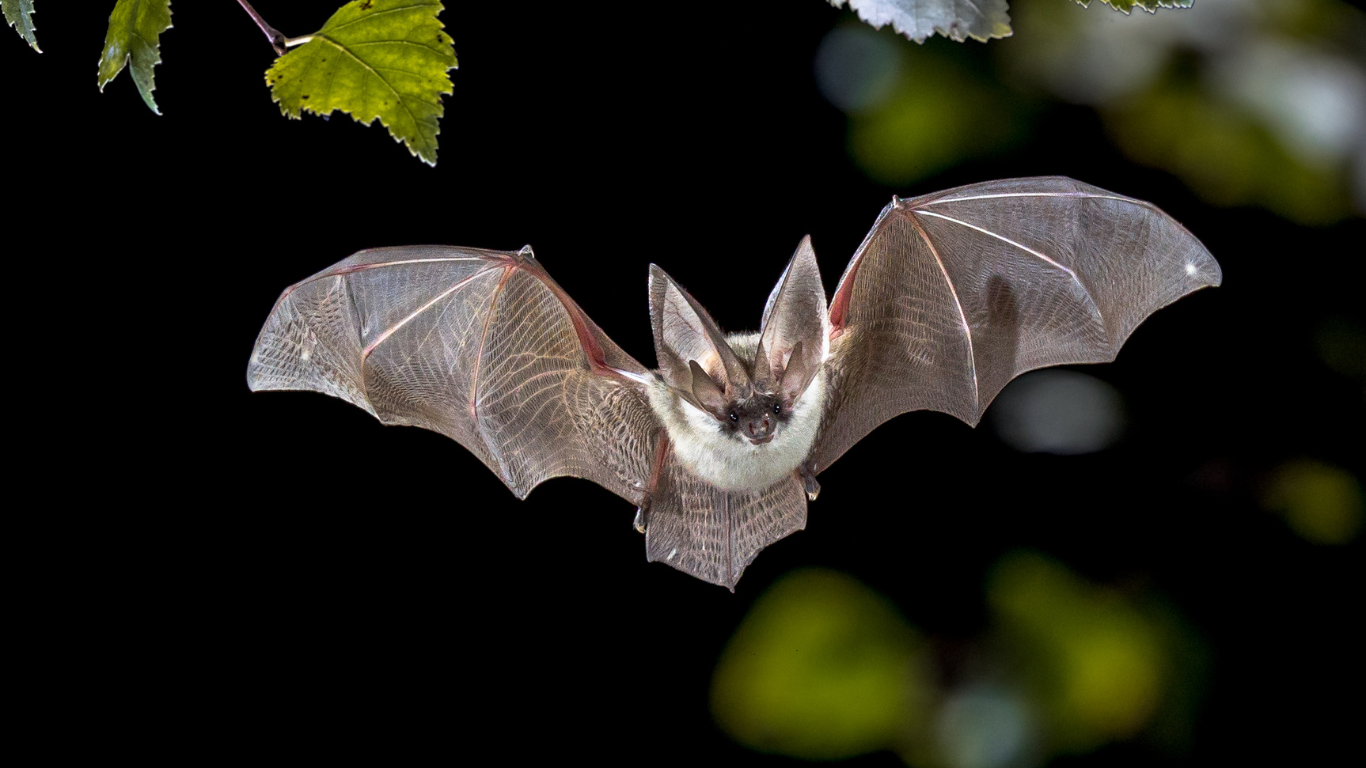
9. Bees
Bees, particularly honeybees, are universally feared for their potential to sting and the negative depictions of their swarming, aggressive behavior – just ask anyone who watched the film My Girl in the 1990s.
However, bees are vital pollinators, imperative to the health of ecosystems around the world and responsible for a large percentage of agriculture production. The use of pesticides and rampant habitat loss place global bee populations at risk.
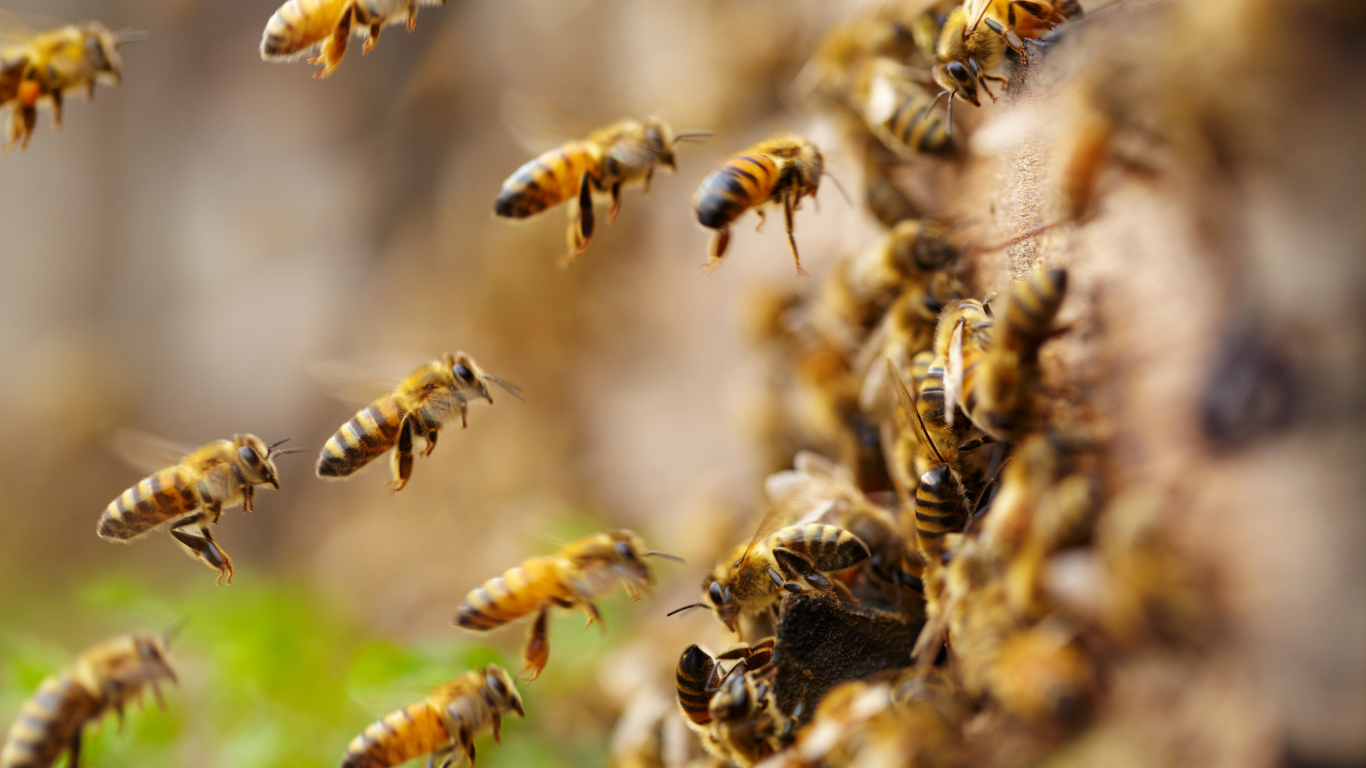
10. Bears
Often labelled ferocious killers, stalking the woods for prey, most bear species are shy omnivores. They prefer hunting for berries, roots and insects, and in most instances, a bear will run away if met with a human. In instances where bears have harmed or killed humans, these have largely been caused by people intruding on their habitats or interfering with their cubs.
Bears are important seed dispersers and ecosystem engineers, but sadly, many species face great declines due to habitat loss and human conflict.
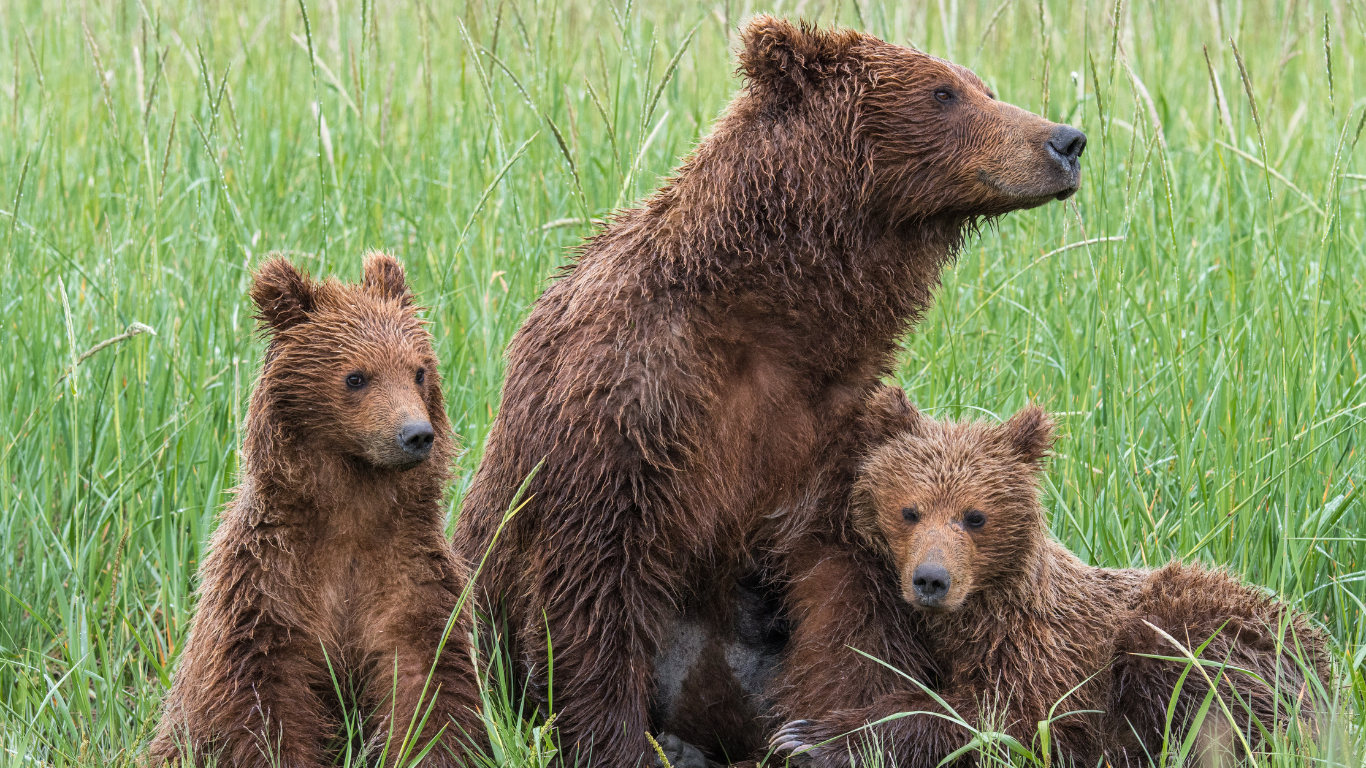
11. Cordyceps (the real-life “zombie fungus”)
Cordyceps is a parasitic fungus that takes over the bodies of insects, manipulates their behavior, and forces them to die in strategic locations before a mushroom-like body erupts from their heads to spread spores.
If this sounds like the stuff of nightmares, it’s because the process is pretty horrifying. However, despite their fictional portrayal in the television series, The Last of Us, in which cordyceps turn humans into zombies, in real life, the fungus poses minimal risk to humans – and certainly can’t turn us into zombies.
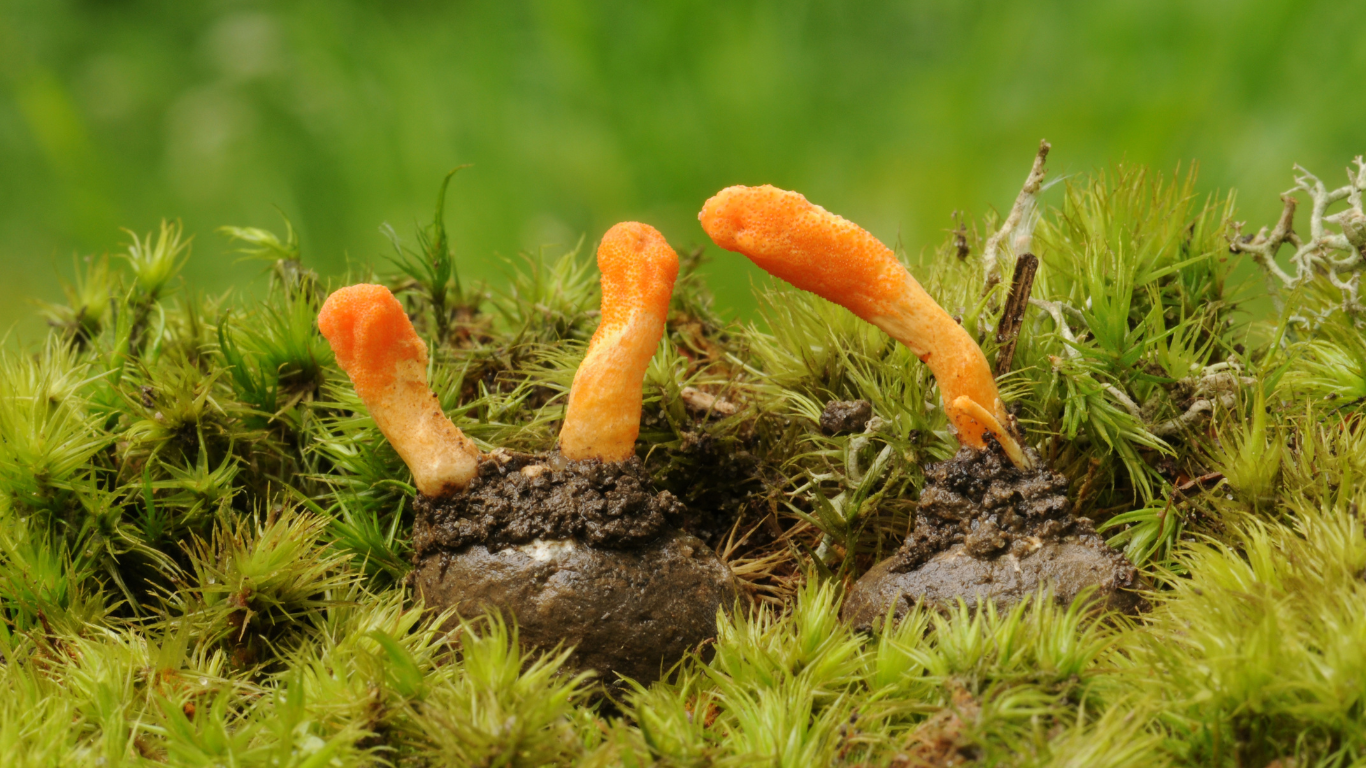
12. Leeches
Portrayed as blood-sucking parasites that – quite literally – leech the blood out of people’s bodies, leeches have a pretty poor reputation. However, not all of them suck blood, and many eat small insects and help clean up dead organic matter, making them important to the health of ecosystems.
Leeches have been used in medicine for centuries, as their saliva prevents clotting and improves blood circulation.
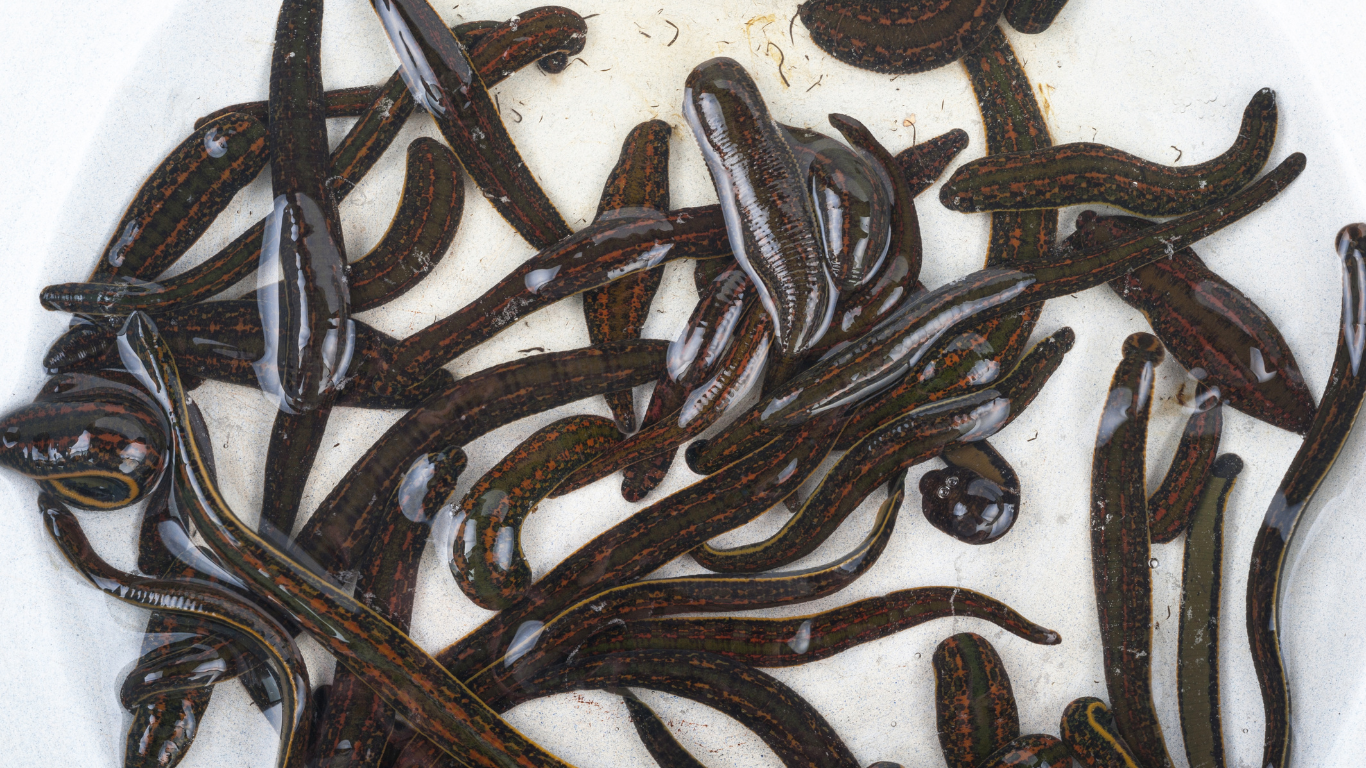
13. Wolves
Since the earliest folklore, wolves have been portrayed as cruel and menacing villains. From The Boy Who Cried Wolf to Little Red Riding Hood and The Three Little Pigs, these animals have long been cast as the enemies in our stories. In reality, wolves are seldom aggressive toward humans and usually prefer to keep their distance.
Wolves are highly social pack animals who form close family bonds, led by an alpha pair, and communicate through a complex system of vocalizations, body language and scent. As apex predators, they are intelligent hunters equipped with keen senses and physical capabilities to take down large prey, but are generally cautious and avoid humans.
Wolves are a keystone species, regulating prey populations and, in turn, promoting biodiversity and healthy ecosystems.
Every creature on our planet has value as a living being, and contributes to its ecosystem and the planet as a whole. At Animal Survival International, we believe every life matters – and that man is often the scariest monster of all.
